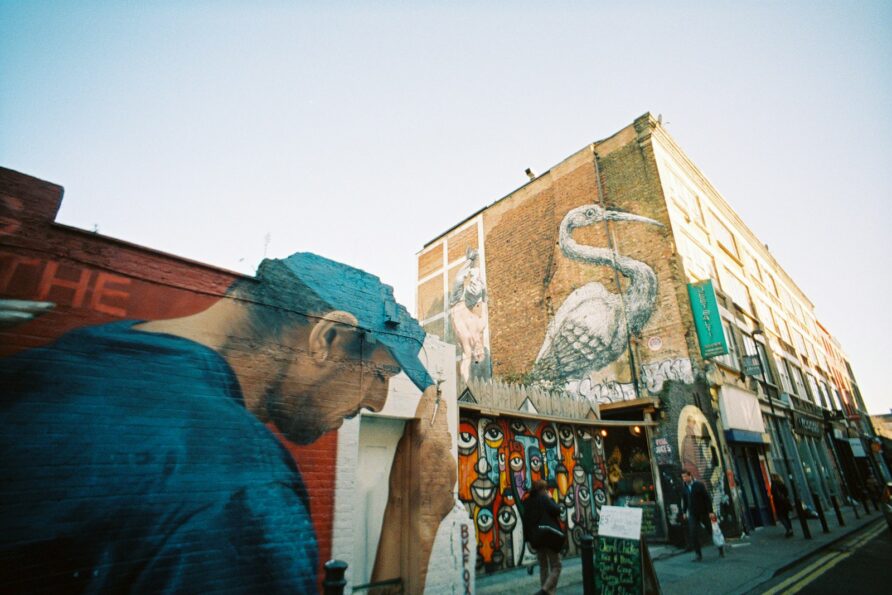
Photoshoots at exhibitions of photos are a fantastic way to capture the beauty and essence of the artwork on display. Whether you are an amateur photographer looking to practice your skills or a professional seeking to showcase your talent, exhibition photography can offer a wealth of opportunities for creativity and expression. In this ultimate guide, we will explore the key elements of show-stopping exhibition photography, from planning and preparation to composition and lighting techniques.
Before heading to an art gallery or exhibition, it is essential to do some research and familiarize yourself with the works that will be on display. Take the time to understand the theme, style, and context of the exhibition, as this will help you to capture the essence of the artwork in your photoshoot. Pay attention to the lighting conditions in the gallery and consider bringing along additional lighting equipment if necessary.
When you arrive at the exhibition, take a moment to scope out the space and identify interesting angles, compositions, and details that you would like to capture in your photos. Look for unique perspectives, textures, and patterns that will add depth and visual interest to your images. Experiment with different focal lengths, apertures, and shutter speeds to create a variety of effects and moods in your photographs.
Composition is key in exhibition photography, so be sure to pay attention to the framing and arrangement of elements within your shots. Use the rule of thirds to create balanced and visually appealing compositions, and experiment with leading lines, symmetry, and negative space to draw the viewer’s eye to the focal point of your image. Don’t be afraid to get up close to the artwork to capture intricate details and textures that might be missed from a distance.
Lighting plays a crucial role in exhibition photography, as it can dramatically affect the mood and atmosphere of your images. Pay attention to the direction, quality, and intensity of the light in the gallery, and adjust your camera settings accordingly to achieve the desired exposure and color balance. Consider using a tripod to stabilize your camera and avoid camera shake in low-light conditions.
Post-processing is an essential step in exhibition photography, as it allows you to enhance and refine your images to achieve the desired aesthetic. Use editing software such as Adobe Lightroom or Photoshop to adjust the exposure, contrast, color balance, and sharpness of your photos, and experiment with creative effects such as black and white conversion, sepia toning, and selective colorization to add visual interest.
In conclusion, exhibition photography offers a unique opportunity to capture the beauty and creativity of artwork in a creative and expressive way. By following the tips and techniques outlined in this guide, you can elevate your photoshoots at art galleries and exhibitions to new heights. So grab your camera, head to the nearest exhibition of photos, and let your creativity shine through in your photography.